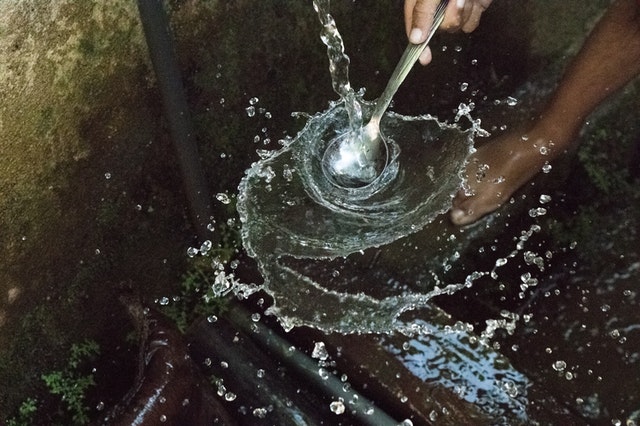Climate change and environmental pollution are causing human beings to face a serious shortage of clean water. Scientists are always looking for solutions to have enough freshwater to use in daily life. Methods to treat seawater into freshwater are needed in the face of current water shortages. This article will point out three methods of desalination to turn seawater into freshwater being used the most today.

Here are 3 methods of desalination to filter seawater into freshwater which is widely used today
Distilled seawater into freshwater
Distillation is one of the methods used by many water purifier plants, the distillation method can produce salt content from 1-50 mg/l.
Seawater is heated to a temperature of 100ºC equivalent to 212F. The process of heat consumption is 539 kcal/kg, meaning 539 kcal of heat is required to obtain 1kg of freshwater. H20 water molecules will evaporate, inorganic substances, organic substances that NaCl solubility will not evaporate, cold H20 steam will be condensed into pure water without mixing other organic substances.
This distillation method is usually applied to large-scale professional desalination plants.
The advantage of the brine distillation method into freshwater is the low power consumption, the use of direct heat to separate, and 100% pure water is free of impurities. However, the warranty and repair costs of this method will be high. This is explained by the heat exchanger, clogged, thus requiring periodic maintenance.
Use RO filter to turn seawater into freshwater
Reverse osmosis (RO) technology was discovered and developed hundreds of years ago. It is also one of the most commonly used methods of removing salt from seawater to obtain fresh water.
The seawater filtration system into freshwater by RO filter consists of 4 stages.
Stage 1: the PP5 filter will have a preliminary filter function to remove suspended sediments larger than 5 micrometers.
Stage 2: the water after going through the PP5 filter will be sucked into the second filter, the second filter is made from activated carbon, residual chlorine molecules will be retained by this filter.
Stage 3: The PP1 filter is pressed from a 1-micrometer cotton thread, so elements larger than 1 micrometer will be retained by this filter.
Stage 4: RO water filter going through the PP1 filter will be pushed through the RO filter. RO membrane size is very small, only water molecules can pass through. The remaining substances will be trapped by waste disposal later.
After the water passes through the RO filter, it will continue to pass through T-33, Nanosilver filters to replenish PH and disinfect, giving pure water that can be used.
The water purification method using RO technology is considered to be the most suitable filtration technology for many water sources in the world today, including seawater. It can purify 99.99% of bacteria, can handle all sources of water such as hard water, saltwater…
But the disadvantage of this method is the strict requirement of a stable power source to operate. This filtration method produces a large source of wastewater, usually 50-50.
Filter seawater into freshwater by ion-exchange method
People will make ion exchange plastic sheets. Positive ion exchange resins are called cationites, and negative ion resins are called anionsites. The filtration process takes place by passing seawater through cationite and anionite sheets.
Cations such as Na + are retained by the cationite resin and pushed into H + ion water. Anions such as Cl – are adsorbed and anionite resin is pushed into OH- ion water. The water coming out of the tank has small content of Na + and Cl– ions, meaning that there is a small content of NaCl salt, we get fresh water.
The advantages of this method are simple, easy to do, and inexpensive. However, it does not completely remove salt from the water, the water does not meet the standards of pure water.
Final Words
The above is all the basic information and the most detailed information about the three methods to filter seawater into freshwater you can refer to. Hopefully, this article will give you more insights on how to filter salty water becomes the most popular freshwater today.

I think this is a real great blog.Really looking forward to read more. Fantastic.